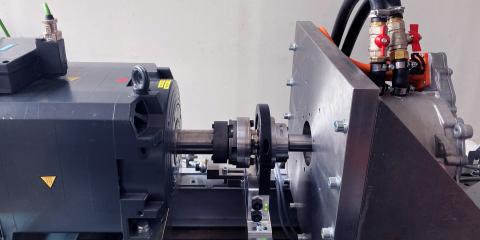Improving the overall bandwith of torque control in drivetrains by reducing torque ripple

Improving the overall bandwith of torque control in drivetrains by reducing torque ripple
In many applications, controlling the torque of a drivetrain is very important. The dynamics of the torque control, mainly limited by the current control, affect the achievable bandwidth of speed controllers and, as a result, have an impact on how fast/smooth trajectories can be followed. Besides obtaining a fast torque response, the quality (i.e. is it ripple-free or not) of the achieved torque is also important. Torque ripple is the periodic increase or decrease in output torque as a shaft rotates and is caused by, for example, the interaction between the current and the resulting counter-electromotive force in an electrical machine. However, torque ripple can also have an origin outside the electrical machine, caused by oscillating masses, system flexibilities, the discrete combustion times of an internal combustion engine (ICE), etc. Reducing torque ripple is an important objective for almost all drivetrain manufacturers as it affects lifetime, performance, cost (oversizing of components), user comfort and sound radiation.
There are many ways to reduce torque ripple.
- You can optimise the design of your drivetrain and its components (varying dimensions or adding inertia), or
- you can add emerging components like a magnetic spring, or
- you can optimise the set point and control strategies of your drivetrain’s components.
In this blog, we apply the latter strategy to demonstrate how we can reduce the torque ripple of an existing drivetrain equipped with a permanent magnetic synchronous machine without further design changes.